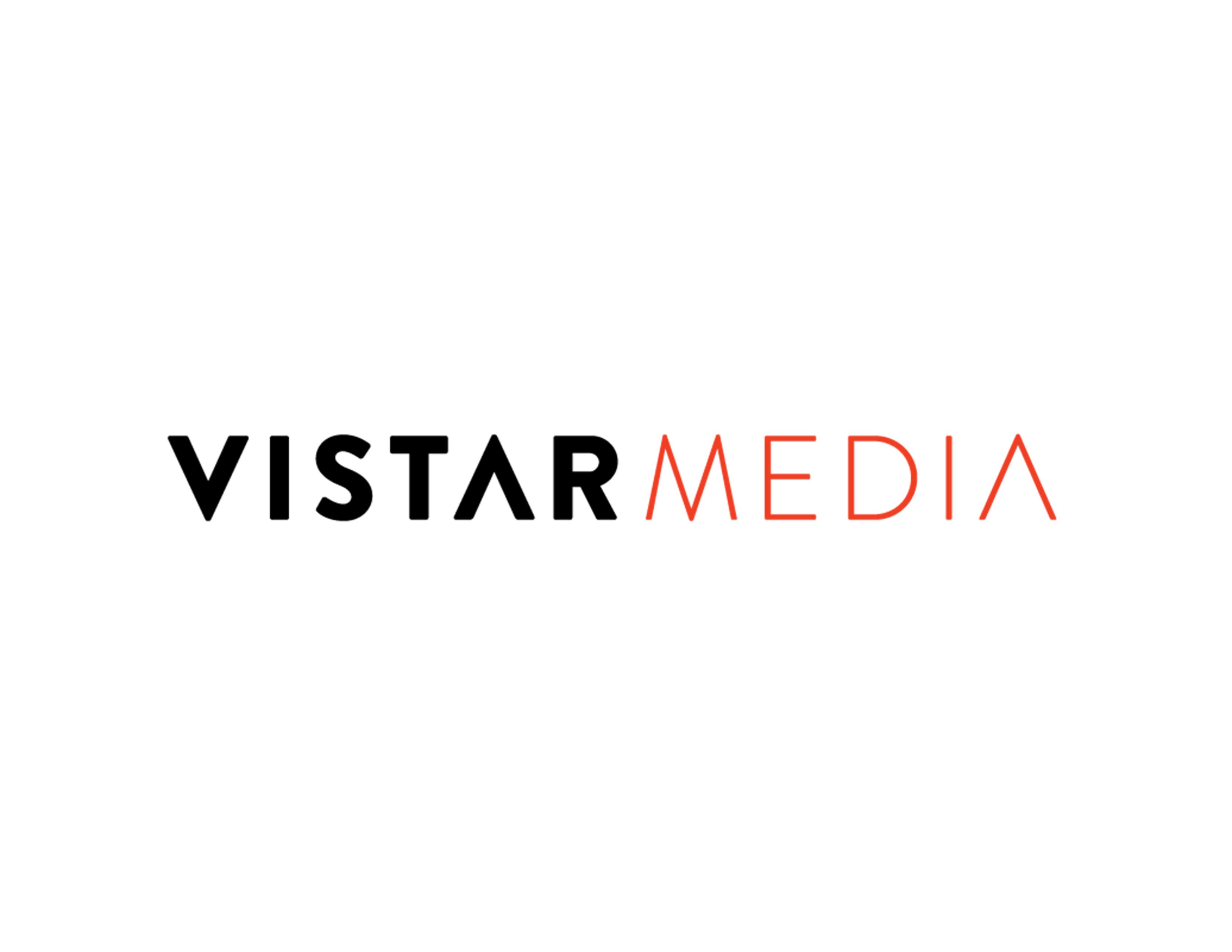
Since day one at Vistar, our vision has been to bring the benefits of data & automation to the out-of-home industry, and to help advertisers further take advantage of this impactful advertising channel. I’m thrilled that we’ve taken another large step forward in realizing that vision, by building direct integrations with some of the world’s largest omnichannel advertising platforms.
Of course, this didn’t happen overnight. The last 8 years we have focused on redefining how marketers invest in the OOH channel. This effort has taken a non-existent programmatic OOH channel to a programmatic market of more than $120M this year.
What does this mean for the industry?
Verizon Media, MediaMath, Amobee and Adelphic are among the premier platforms that brands and agencies rely on to execute marketing strategies across media channels. I believe this represents a tipping point into the next phase of revenue growth for OOH globally.
As the programmatic landscape for OOH continues to evolve, it is critical that we don’t fall victim to the same mistakes plaguing online programmatic. As I’ve written before, we must build solutions for the unique nature of OOH in order to protect the long term value of our industry.
As we’ve seen just last week, the online advertising world has been forced to take drastic steps to course correct from a landscape plagued by too many middlemen taking a cut in the supply transaction chain. The daisy-chaining of platforms to platforms without clear value-adds erodes buyer trust and ultimately reduces publisher revenue. We are starting to see this today in OOH, with multiple SSP platforms layering connections, growing the distance between media owner (publisher) and demand access. Adding more intermediaries also increases the potential points of technical failure in the supply chain, leading to poor experiences for marketers and publishers alike. At Vistar, we are committed to directly integrating with media owners to avoid this, and to date we have direct integrations with more than 70 of the top global OOH networks.
What does this mean for Vistar?
In some ways, the results of this announcement will be “business as usual” at Vistar. We will continue to stay focused on building technology and solutions that drive growth on all sides of the out-of-home industry.
For marketers, we are focused on building solutions that make it easier to bring OOH front and center as a part of omnichannel marketing strategy. This includes building OpenRTB integrations with the leading omnichannel DSPs for marketers with a preferred global activation platform; continuing to develop a best-in-class point solution for DOOH in the Vistar self-service DSP; and offering bespoke strategies for our managed-service clients, leveraging the most advanced targeting and measurement capabilities available for DOOH. There are some great examples of companies taking this approach in the online world, focused on developing demand through whatever mechanism buyers prefer, and we hope to similarly grow investment in DOOH across the entire buying ecosystem.
We’re also continuing to expand our partnerships with leading data providers, so that marketers can extend their existing and preferred data strategies from other channels into DOOH. Whether it’s leveraging a brand’s 1st-party data through onboarding providers such as LiveRamp, tapping into 3rd-party data from trusted experts such as Environics Analytics, Factual, IHS Markit and Pushspring, or activating WeatherFX (IBM) triggers, marketers today have more options than ever before to use data to inform their purchasing. Similarly, we are working with leaders in the measurement space to develop innovative solutions to understanding the impact of DOOH campaigns. Through partnerships with Cuebiq, Dynata, Factual, MFour, NinthDecimal and PlaceIQ, marketers can measure both upper and lower funnel impact of this unique advertising medium.
For media owners, we are doubling-down on our commitment to be the best end-to-end software provider for digital signage networks. In addition to bringing programmatic demand, we have the most advanced ad server in the market. It handles complex inventory management, allowing media owners to command the best price across all avails, and support direct sales side-by-side with new programmatic revenue. Workflow tools designed for enterprise scale (things like creative approval, centralized reporting and billing) streamline media owner operations. Our device and content management platform, Cortex, is the fastest growing area of our business. Built from all our learnings in powering the largest programmatic OOH marketplace, we’ve seen how unreliable signage software can be and the direct effect that has on reducing revenue. We took a hard stance, built a system from the ground up on a modern architecture, and we now power large enterprise signage networks with reliable, flexible infrastructure.
We have a team of 17 people (and growing) dedicated to our media owner clients across client services, sales and technical support, in addition to 19 engineers and product experts solely focused on building supply-side technology. We have some significant product developments in the works and I’m excited to partner with our media owners to build value-add technology for the next phase of the digital signage industry.
See you next week!
I’m thrilled to see the industry take this step into the omnichannel programmatic world. I look forward to many discussions next week during New York Digital Signage Week!
%20(1).png)


